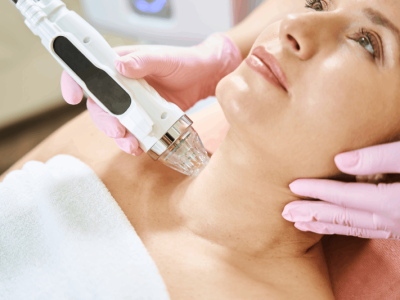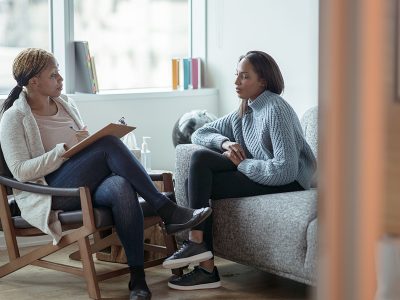Scoliosis is a complex, three-dimensional condition characterized by lateral curvature, torsional kyphosis, and lateral elongation. Idiopathic scoliosis is the most frequent kind of scoliosis in adolescents, implying the specific cause is unclear or likely to be a combination of factors. Numerous false beliefs surround scoliosis Sandy Springs since its origins and progression are primarily unknown. This article aims to dispel a few of the most widespread myths.
Despite treatment, scoliosis will continue to worsen over time
If an AP X-ray reveals a lateral curvature of the spine of more than 10 degrees, a diagnosis of scoliosis has been made. Most kids diagnosed with scoliosis never end up needing any treatment for it, whether it be braces or surgery. Curves under 50 degrees tend to stay stable following the pubertal growth spurt, whereas those over 50 degrees are at a greater risk of further development.
The most excellent strategy is “watchful waiting.”
The “wait and see” method is often standard for scoliosis in the United Kingdom and other countries. The patient gets closely watched to see whether the problem worsens, intending to do a spinal fusion operation if necessary.
While this strategy may have been influential in the past, modern knowledge and technology have allowed for the development of a scoliosis-specific exercise program and a personalized bracing solution that may help to rectify the condition before it develops to the point where surgery would be necessary. Early diagnosis and adequate treatment may significantly impact it since correcting a more flexible and smaller curve with bracing and scoliosis-specific exercise are simpler than modifying a large, more rigid curvature.
Scoliosis is painless
Scoliosis in children is typically misdiagnosed since the condition causes no symptoms. As a kid grows, it might “sneak up on us.” Scoliosis may not always be painful, but it doesn’t mean it never is.
Children with scoliosis often have unpleasant symptoms that need medical attention. The biomechanical stress on the joints, discs, ligaments, tendons, and muscles may cause discomfort. Compression of nerves or spinal stenosis (a narrowing of the area where the nerve leaves the spinal column) may be another source of pain in adults with scoliosis if additional degenerative age-related changes accompany the disease.
Scoliosis should be considered in the differential diagnosis of back pain. By focusing on the spine’s soft tissues and joints and any biomechanical compensations connected to the postural asymmetry, conservative treatments like physical therapy may alleviate the unpleasant symptoms of scoliosis.
Preventing scoliosis is possible
It is hard to take preventative measures against scoliosis since its specific causes remain unknown. Nothing you can do to prevent it, not even a change in diet, exercise routine, or way of life, will help. Once you know what is wrong, the best thing to do is to address it immediately.
Scoliosis is tricky, and dealing with it can be pretty challenging. Likewise, the myths surrounding it don’t help either. If you or your loved one is dealing with scoliosis working with a specialist can help you clear some of the misconceptions you may have come across and find ways to manage the condition better.








Comments